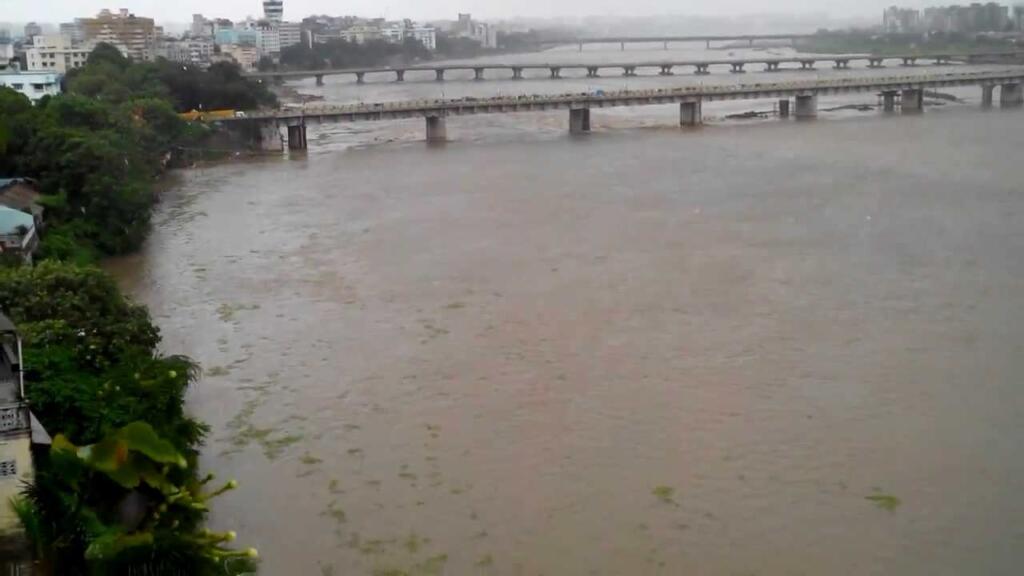Tapti river History and Location
Among the holy rivers of India Tapti river is also famous. This river is also known as Tapi river. The history of this river is also very old like other rivers. Apart from Narmada, this is the only river which flows in its reverse direction. The Tapi River, also known as Tapti, originates in central India as an intermediary river between the Godavari and Narmada rivers.
The length of this river is 724 km and it flows through three different states of India which is – Maharashtra, Gujarat and Madhya Pradesh. The three primary tributaries of Tapti River are Purna, Panjhra and Girna.
Origin of Tapti River
Tapi River, also known as Tapti, is a river in central India, which originates in the Gavilgarh hills in the central Deccan Plateau in the south-central state of Madhya Pradesh. The river flows in a westward direction between two spurs of the Satpura Range and the Jalgaon Plateau region in the state of Maharashtra and then follows the plains of Surat in the state of Gujarat and then finally, falls into the Gulf of Khambhat.
It has an entrance to the Arabian Sea. The Tapi River flows parallel to the Narmada River in the north, separating it from the central part of the Satpura Range. The range and valleys between the rivers form a natural barrier between peninsular and northern India. The Tapi River has three primary tributaries—the Girna, the Panjhra and the Purna—flowing from the south in the state of Maharashtra.
Also Read: Ganga River: History Essay for class 5, 6 and 7
History and religious facts of Tapi river
Tapi river originates from a place called Multai in Betul district. The word Multai is an amalgamation of Sanskrit words meaning ‘origin of Tapi Mata’. The total length of the Tapti River is about 724 km and it drains an area of 30,000 Sq. According to Hindu beliefs, the name Tapi is derived from the word of Goddess Tapi, daughter of Lord Surya and Goddess Chhaya.
The history of the Tapi River is closely linked to the history of the places through which it flows. The river of western India starts its origin in the Betul district of Madhya Pradesh and then flows between the Satpura hills, across the Khandesh plateau, after the plains of Surat and finally merges into the Arabian Sea.
Also Read: Beas River: History and interesting facts about this river
Significance of Tapti River
The historical importance of Tapti river is from ancient times. In earlier times the Tapi River played an important role in Surat as the major port was often used for the export of many goods. The Rive Tapi was also an essential stopping place for the Muslim pilgrimage called the Hajj to Mecca.
An important feature of the Tapi River is that the river separates from other Indian rivers as it empties into the Gulf of Cambay. Tapti River has very high quality and rich fertile soil which is highly suitable for agricultural activities and provides most important benefits to the farmers living in the area.
Also Read: Monaco Flag, History, Design and Symbolic Meaning
The tribal and rural population around the Tapti River help them to harvest a large number of staple crops. Thay sell it in the market to earn their livelihood. The river is also used heavily for irrigation reasons. The river also provides a means of transport for the people living on its banks. Tapi river is also a natural habitat for many wild and exotic animals like tiger, lion, bear.
Follow our google news publication for more news and daily updates: @tfipost
